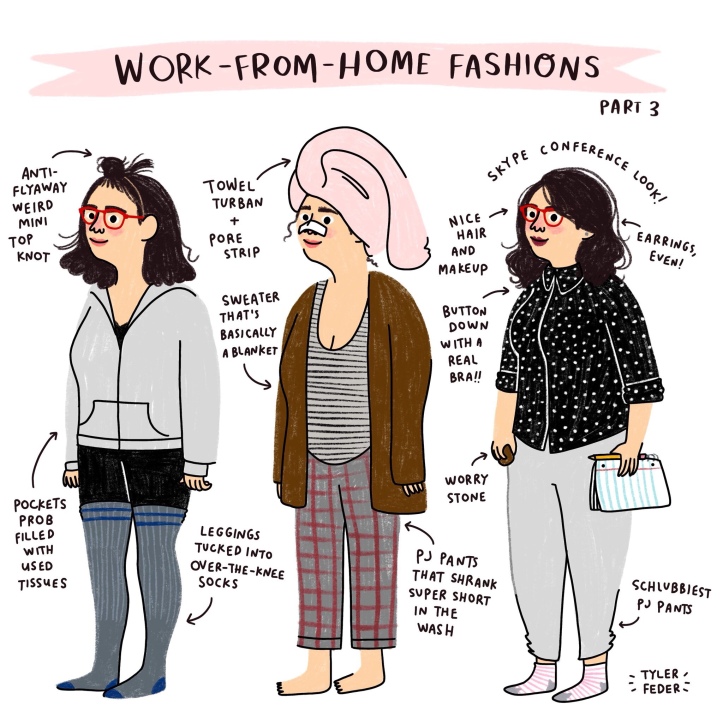Remote working or agile working is a hot topic at the moment, and suddenly public sector organisations are all over it. With budgets being squeezed more and more, organisations have to look at ways to save money and one solution is agile working. By reducing the number of desks and space available, its possible to reduce utility bills in big buildings. But it isn’t all about the money.
Most people in this session were able to work from home or in a location other than the office for at least one day a week. We quickly listed the pros and cons:
The cons:
- Limited kit (e.g. laptops/ tablets/ screens/ phones/ desks!)
- Smaller screens and sitting at your dining table isn’t great for your health
- Disconnected from the rest of your team (talking to the goldfish)
- There’s still the perception that working from home is skiving off
- There’s still a culture of expectation to be seen in the office by some people
- It’s too quiet and I’m going slowly crazy
- My neighbours have worked out I’m at home and keep sending their Amazon deliveries to me
- Friends and family think it’s okay to pop in because “you’re not really working, are you”
- You have to pay for your own heating and electricity (but you’ve probably saved money on travel)
The pros:
- No travel time
- No fannying around trying to park
- No travel costs (but see above)
- Less distractions (phones, colleagues, noise)
- You’re much more productive
- It could be saving your organisation money
- There’s more space to think/ easier to concentrate on tasks
- You can get stuff done (a few minutes to empty the dishwasher never harmed anyone)
- If you want to stay in your pyjamas all day, you can, or rock an outfit in two halves*
- Meetings and contacts can still be made through Skype etc.
- It’s just nice and comfy
One of the common themes around agile working was the need for trust from your employees – your outputs will soon demonstrate whether you’re using the time well. However a word of caution here – some people said they feel the need to overcompensate by working longer hours and doing more – beware of this; try to stick to the same amount of hours you’d do in the office, and keep the differentiation between home life and work life. Some tips include a cut off point for emails, a different space for working in if you can find it, resist the urge to ‘just do one more hour’ because it will bug your family!
It was definitely clear that a mix of being in the office and working remotely was the best of both worlds. Most people said they couldn’t do more than one or two days at home, and there were also some comments about the office culture of having to “look busy” and work set hours, when in fact this is a poor use of time and a false indication of how you really spend your working day.
My favourite take-away from this session was the mantra “leave loud and leave proud!”
In other words, if your employer encourages flexible working, and you’ve done the work – there’s no shame in leaving a bit earlier and enjoying your well-earned leisure time. Obviously there will be some exceptions to this, for example if it’s your turn to manage the media desk for the core office hours, don’t be sloping off at 3… But, compulsory office hours aren’t needed for people who are effective and motivated, and a culture of staying late (for the sake of it) just creates resentment and demotivates staff.
And finally… what is your working from home look? These illustrations by Tyler Feder as seen on Twitter are fairly accurate, hands up if you’ve done the Skype conference look!*



Read my other session highlights here:


[…] Session 3: ‘Remote working’ […]
LikeLike
[…] Session 3: ‘Remote working’ […]
LikeLike
[…] Session 3: ‘Remote working’ […]
LikeLike
[…] Session 3: ‘Remote working’ […]
LikeLike